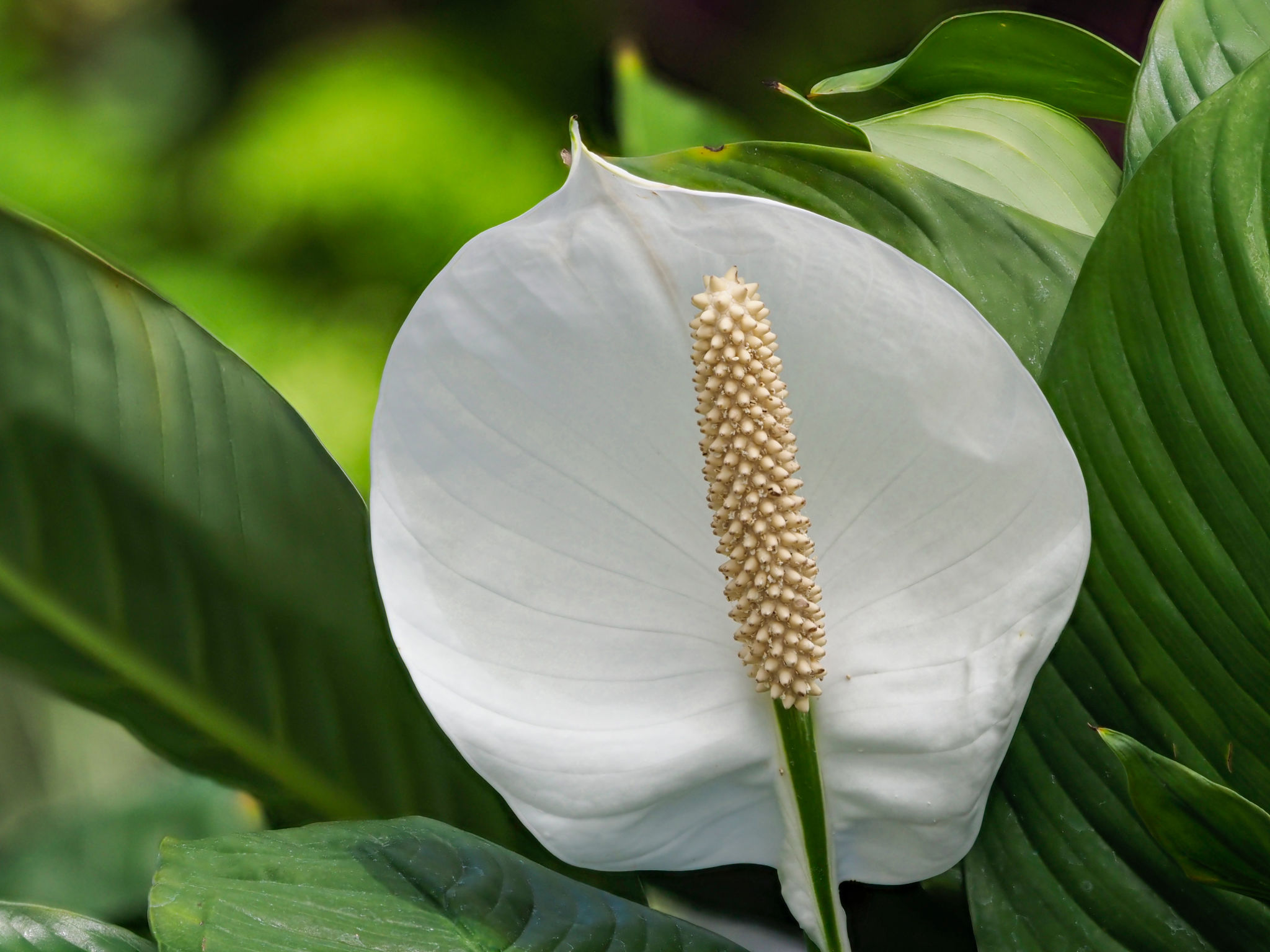How to Create a Low-Maintenance Garden: Expert Tips
Select the Right Plants
Creating a low-maintenance garden begins with selecting the right plants. Opt for native species that thrive in your local climate and soil conditions. These plants typically require less water and care, making them ideal for a low-effort garden. Consider perennial plants, which come back year after year, reducing the need for replanting.
Succulents and drought-resistant plants are also excellent choices, as they require minimal watering. When selecting plants, focus on varieties known for their resilience and ability to withstand local weather conditions.

Implement Smart Irrigation
An efficient irrigation system can significantly reduce the time and effort needed to maintain your garden. Drip irrigation systems are a great choice, as they deliver water directly to the plant roots, minimizing waste and reducing the frequency of watering. Consider using a smart irrigation controller that adjusts watering schedules based on weather conditions.
Collecting rainwater in barrels is another sustainable way to keep your garden hydrated without relying solely on municipal water supplies. This approach not only conserves water but also reduces your water bill.
Mulching for Weed Control
Mulching is an effective technique for controlling weeds and retaining soil moisture, both of which contribute to a low-maintenance garden. Apply a thick layer of organic mulch, such as wood chips or straw, around your plants. This barrier suppresses weed growth and helps soil retain moisture, cutting down on the need for frequent watering.

Design with Low-Maintenance Features
Incorporate design elements that reduce maintenance needs. Hardscaping, such as stone pathways or gravel areas, not only adds aesthetic appeal but also decreases the area requiring regular care. Choose materials that age gracefully and require minimal upkeep.
Consider installing raised beds, which can make gardening more accessible and reduce the need for bending or kneeling. These beds often provide better drainage and can be filled with quality soil to enhance plant growth.
Embrace Minimalism
A minimalist approach to garden design can further reduce maintenance efforts. Limit the variety of plants you include to create a cohesive look that's easier to manage. Group similar plants together based on their water and sunlight needs to streamline care routines.

Regular but Simple Maintenance
Even low-maintenance gardens require some attention. Establish a simple routine that includes regular inspections for pests or diseases, light pruning, and occasional fertilization with slow-release formulas. By keeping up with these tasks, you can prevent potential problems before they require extensive intervention.
Remember that consistency is key, and setting aside a small amount of time each week can prevent larger projects from accumulating.